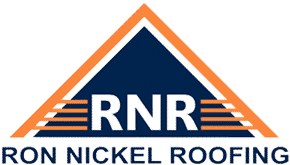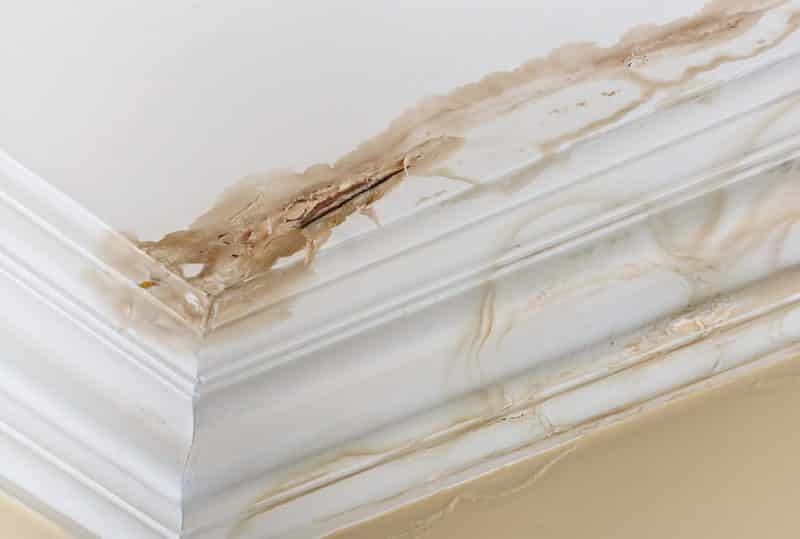How to Find and Understand Roof Leaks
There are few roofing problems more exasperating than leaks. At best, they can lead to ugly discolouring on your ceiling and irritating dripping. At worst, your home might end up flooded – with all the property damage that entails. Or you could end up with black mould issues, a sagging ceiling, or even a weakened house structure from prolonged water damage.
Because of all of these issues and more, it’s important to be able to identify and understand roof leaks in your home.
The 8 Major Causes of Roof Leaks
The vast majority of roof leaks are caused by these 8 problems:
- Old Roofing – This is the most common cause of roof leaks. Over time, roofing materials degrade due to corrosion, expansion and contraction, and other factors. This eventually leads to leaks that all trace their cause back to the general ageing process.
- Your Chimney – Installing a chimney basically involves making a large hole in your roof. While chimneys can, of course, be sealed against the ingress of water, they still increase your risk factor for leaks.
- The Plumbing – Whether it is exhaust flues, vent pipes or fan ducts, roof plumbing is a common place for leaks to start.
- Your Skylight – When the seals around a skylight weaken they create an easy way for water to get into the property.
- Clogged Gutters – The longer water stays around your roof the more chance it has to find a way in. Alternatively, it can corrode your metal roofing over time. That’s why clogged gutters are bad
- Poorly installed flashing – Roof flashings that aren’t properly installed are a very easy way for water to get into your roof.
- Box Gutters – Box gutters have a tendency to get blocked up or to overflow in heavy rain.
- Valley Gutters – Valley gutters help water run from higher parts of your roof to lower, but factors like damage, high rain volume, or powerful winds can easily cause them to overflow.
Finding Your Leak
Before you can identify the cause of your leak, you need to actually find it. This is trickier than you might think because the location of the actually dripping or water damage is unlikely to line up with the leak itself. That’s because water may have flowed down to that point from one of many possible places above it.
If you have an attic, finding your leak will be relatively simple. Wait for a convenient rainstorm or have someone run a hose over your roof, then wait in the attic with a torch to find where the water is actually coming in. Once you’ve found the spot – and maybe some clues as to the cause – you can get in touch with a trusted roofing professional to come and fix the problem.
Other Ways to Identify Your Leak
If you don’t have an attic, you may not be able to find the exact source of your leak. But you can get a general idea of what the problem might be, which will make things easier for your roofers.
Inspect the Roof
Give your roof a visual inspection. If it’s safe to do so, you can get up on the roof, but otherwise, a careful look from the ground will suffice. Look for tell-tale signs like clogged gutters, broken or lifted shingles, gaps or damage in flashings, corrosion, and so on.
Get More Specific
If a general inspection doesn’t turn anything up, try looking a little closer at some of the danger areas identified above. Use a ladder to check the seals around chimneys or skylights, give roof flashings a closer look, and identify possible problems with guttering.
To learn more about metal roofs and leaking roof repairs, talk to Ron Nickel Roofing, the metal roofing specialists on the Gold Coast.
Site Links
Areas We Service
Roofing Services
Contact Information
Licenses
A.B.N: 68 090 154 680
A.C.N: 090 154 680
QBCC 1011832
Queensland Building Licence
NSW Building Licence
Asbestos Licence





